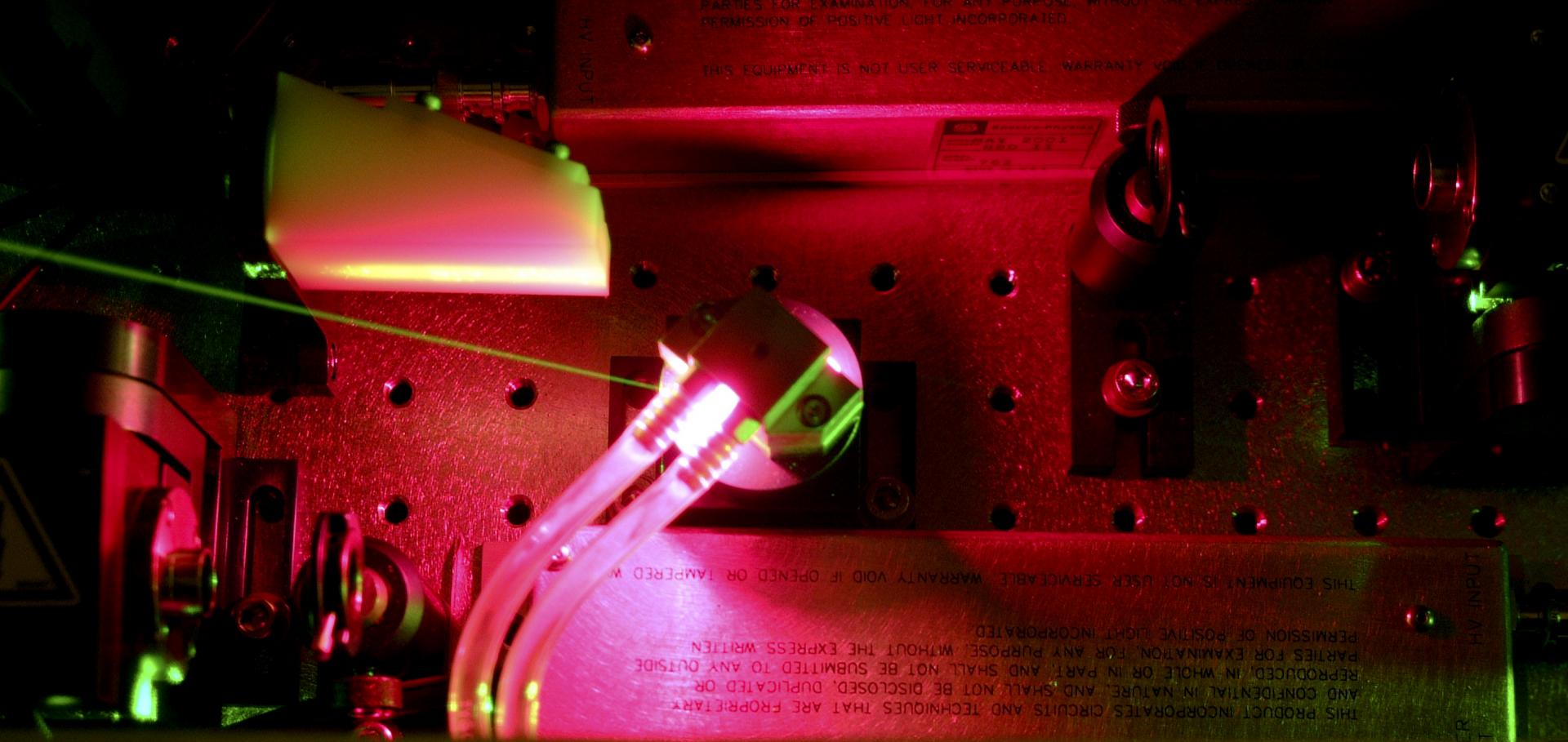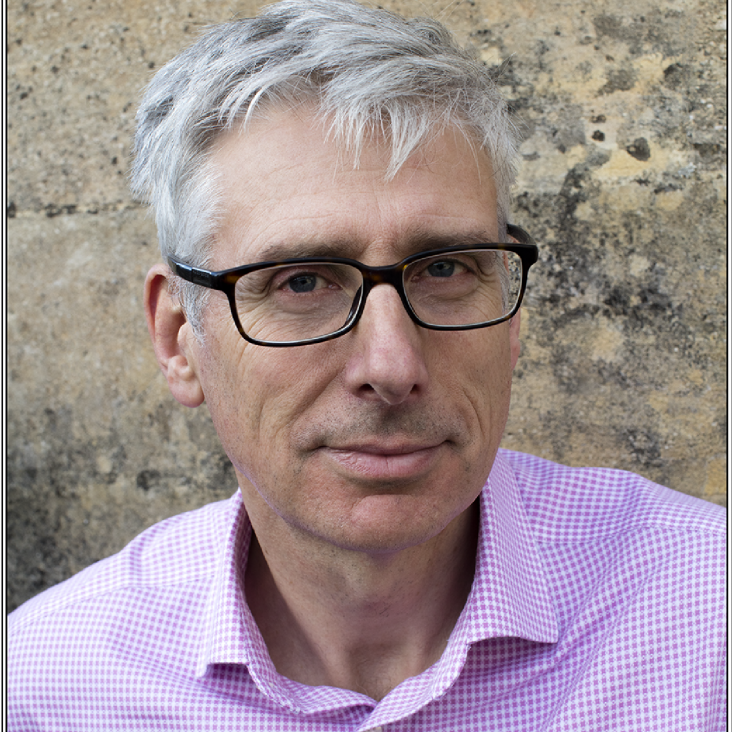Emittance Preservation in an Aberration-Free Active Plasma Lens
(2018)
Hydrodynamic optical-field-ionized plasma channels
Physical Review E American Physical Society 97:5 (2018) 053203
Abstract:
We present experiments and numerical simulations which demonstrate that fully-ionized, lowdensity plasma channels could be formed by hydrodynamic expansion of plasma columns produced by optical field ionization (OFI). Simulations of the hydrodynamic expansion of plasma columns formed in hydrogen by an axicon lens show the generation of 200 mm long plasma channels with axial densities of order ne(0) = 1 × 1017 cm−3 and lowest-order modes of spot size WM ≈ 40 µm. These simulations show that the laser energy required to generate the channels is modest: of order 1 mJ per centimetre of channel. The simulations are confirmed by experiments with a spherical lens which show the formation of short plasma channels with 1.5 × 1017 cm−3 . ne(0) . 1 × 1018 cm−3 and 61 µm & WM & 33 µm. Low-density plasma channels of this type would appear to be well-suited as multi-GeV laser-plasma accelerator stages capable of long-term operation at high pulse repetition rates.Overview of the CLEAR plasma lens experiment
Nuclear Instruments and Methods in Physics Research, Section A: Accelerators, Spectrometers, Detectors and Associated Equipment (2018)


